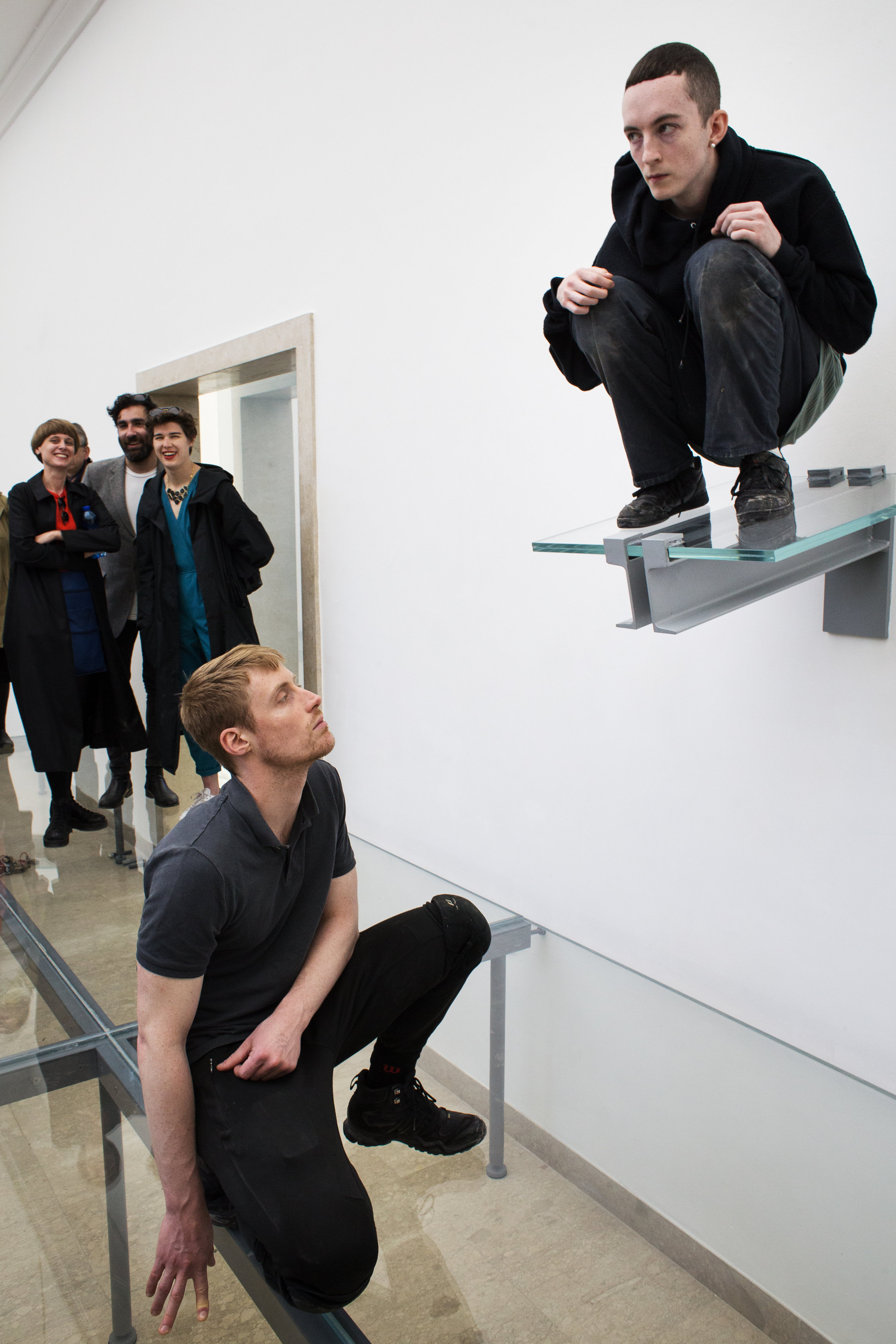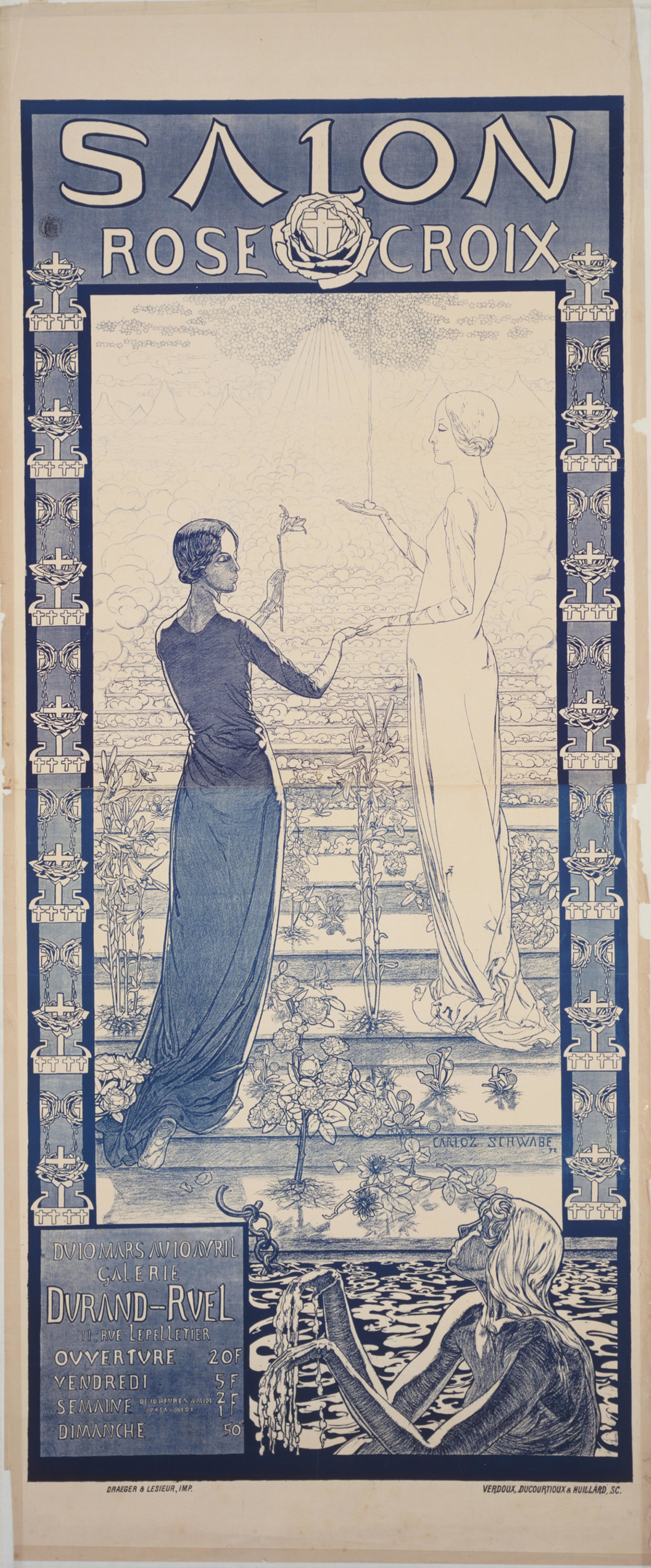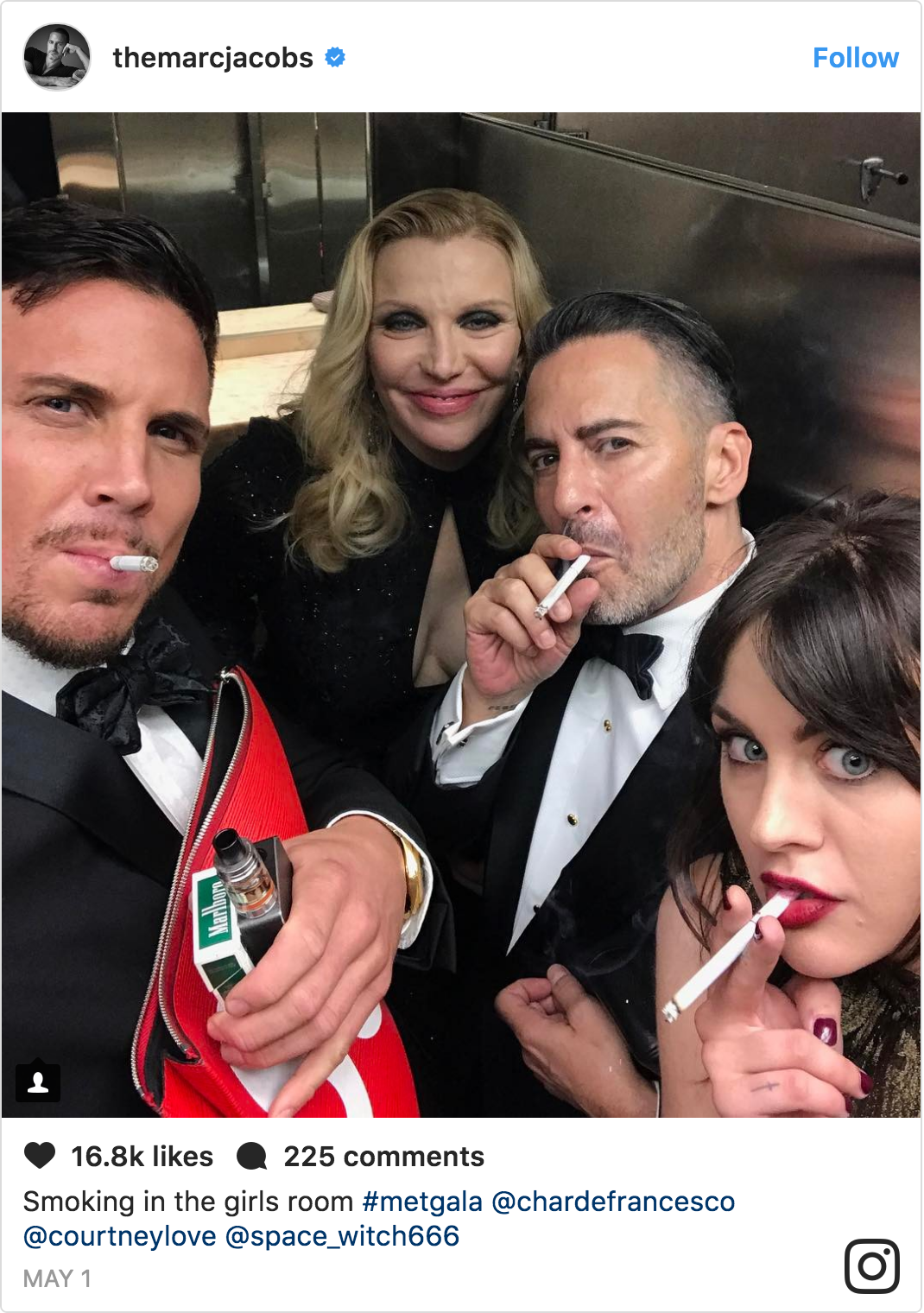THE NEW CRITERION, September 2017
On the 2017 Venice Biennale and Damien Hirst’s “Treasures from the Wreck of the Unbelievable.” at the Palazzo Grassi, Venice.
“Ah, Venice! A magnificent city! A city full of irresistible attraction to the well-educated, both due to its history and its present charms!” So says the boatman at the start of Aschenbach’s ill-fated sojourn to the Most Serene Republic, “almost as if he feared the passenger might waver in his determination.” With its “putrid smells,” “febrile effusions,” and “revolting sultriness,” the Venice of Thomas Mann was “part fairy tale, part tourist trap, in the putrid atmosphere of which art used to blossom luxuriously.”
A century after Death in Venice, a city that was “ailing and kept it secret because of its lucre” presents the updated symptoms of the same malaise. Ephebic boys and cholera-infected strawberries give way to poisonous floodwaters and deadly selfie sticks. Two-thirds of the historic city’s residents have left, shrinking from a population of 175,000 in 1951 to 50,000 today. Meanwhile twenty million tourists descend on the lagoon each year. Some stay in one of the city’s 2,500 hotels, others rent out a vacated palazzo. But more than two million now come by the shipload. A plague of ocean-liners settles over La Serenissima, with little hope of containment in sight. The floating condos cruise past the Bridge of Sighs by the hundreds through the summer months, disgorging five-thousand “eat-and-flee” passengers per boat, each with bagged lunches destined for the piles of refuse whirling by the Campanile and the Palazzo Ducale.
In mid-June a protest group called “No Grandi Navi” organized a local referendum to close the lagoon to cruise ships. Out of 18,000 respondents, 98.7 percent voted in the affirmative. Yet the Venice Port Authority shows little interest in passing up the “lucre” of the cruisers: the taxes and port fees are too good to ignore.
Vota Si . . . per salvare Venezia: the desperate posters were plastered across Dorsoduro, the sestiere by the Peggy Guggenheim Collection where I stayed during the 2017 Venice Biennale.1 Just across the Accademia Bridge, somewhat contained from the flurry of San Marco, the neighborhood survives like much of Venice, the aging queen of the Adriatic, with small restaurants and pensioni sprinkled between the Grand Canal and the Zattere. On the final morning in my hotel, waiting for the water taxi to Aeroporto Marco Polo, I was surprised to learn that the quiet nonna clearing the continental breakfast was in fact the inn’s proprietor, a descendant of the palazzo’s seventeenth-century owner.
There are today many noble efforts to preserve the city’s culture, not least of them Save Venice, the nonprofit dedicated to Venice’s artistic treasures, which was hosting its “Gran Gala a Venezia” the week I was there. Frederick Ilchman, a brilliant curator at mfa Boston and the group’s chairman, tells me he is organizing a year of Tintoretto exhibitions in Venice starting in fall 2018, around the five-hundredth anniversary of the cinquecento artist’s birth.
Mark Bradford, Installation shot, “Tomorrow is Another Day,” 2017. Photo: Francesco Galli, © La Biennale di Venezia
Yet among the exhortations to save Venice, the city’s declining fortunes are themselves a point of fascination. The anachronism of Venice presents, in its own way, an “advanced” city, in the sense of being well advanced towards its own demise. Venice serves as an urban memento mori and a reflection of our own cultural decline.
Such decay was the recurring theme at this year’s Biennale. The national pavilions, spread across the Giardini, the park at the eastern tip of Venice, frequently become the subject as well as the site of various displays of creative, or not so creative, destruction. “Faust,” Anne Imhof’s installation at the German Pavilion, which won the Golden Lion for best national exhibit, may have been a sleek offering over the preview days, when lithe performers slithered around with dogs beneath a glass floor in Helmut Lang–like fashion. When I saw it, the pavilion’s dirtied-up walls did little, while a pack of dobermans, caged outside and on call for the duration of the run, already seemed bored by the show.
Mark Bradford, the artist representing the United States, arrived with much anticipation—perhaps too much anticipation, as The New York Times published photographs of his installation in advance of the public opening, which Bradford blasted in a public-relations kerfuffle as “bootleg . . . no one let me have a voice.”
Anne Imhof, “Faust,” 2017. Photo: Francesco Galli, © La Biennale di Venezia
Bradford must be the Horatio Alger story of South Los Angeles, an artist who went from styling hair in his mother’s salon to exhibiting at the mega-gallery Hauser & Wirth. A sharp abstractionist who embeds fraught meaning and found materials in his paintings, he produced an installation in Venice called “Tomorrow is Another Day” that ultimately seems overthought and underwhelming. One part of the pavilion he covered in torn advertisements, found in his neighborhood in Los Angeles, for predatory cellphone dealers. Another room he meant as commentary on aids. Meanwhile the building itself, a 1930 Palladian-style structure by Delano & Aldrich, has been deliberately roughed up, a stand-in for Monticello and the collapsing legacy of Thomas Jefferson—a harbinger of our current wave of national iconoclasm.
Elsewhere, sculpture still shows well in the visual din of the Biennale. Phyllida Barlow’s “folly” fills the British Pavilion with an overgrowth of organic forms. Carol Bove’s sleek modernism stands smartly at the Swiss Pavilion, even without the justifying commentary around women and national identity (which somehow involves Giacometti). Meanwhile the French continue to evince more charm and confidence than their Biennial neighbors. A decade ago it was the love letters of Sophie Calle. This year, for “Studio Venezia,” Xavier Veilhan transforms France’s national pavilion into a wood-paneled music hall, with angular walls and classical instruments that recall the Merzbau of Kurt Schwitters. Curated by Christian Marclay and Lionel Bovier, the pavilion hosts free performances throughout the run that enchant the remarkable interior in a work that should have been best in show.
But destruction rather than production is the Biennale’s dominant key. “Influenza: theatre of glowing darkness,” the installation by Kirstine Roepstorff, reimagines the Danish Pavilion as a verdant modernist ruin. Meanwhile Geoffrey Farmer blows the roof off the Canadian Pavilion with a malfunctioning fountain and other jeux d’eau, an installation with much humor and little subtlety.
Beyond the national pavilions, the invitational group show, usually the focus of the Biennale, with its acreage of space at the center of the Giardini and throughout the factory buildings of the Arsenale, is remarkable this year for its unremarkableness. Curated by Christine Macel of the Centre Pompidou, the show called “Viva Arte Viva” promised “a Biennale designed with artists, by artists, and for artists.” Back at the press launch in New York, the exhibit sounded like the welcome return of ars gratia artis. Yet even with 120 artists from fifty-one countries—and over a hundred of them new to the Biennale— Macel somehow managed to assemble a cross between a diffuse thesis exhibition and an academic conference with break-away sessions. Her section titles—“Pavilion of Artists and Books,” the “Pavilion of Time and Infinity”—only underscore the ponderousness of the glorified craft show.
Xavier Veilhan, Installation shot, “Studio Venezia,” 2017. Photo: Francesco Galli, © La Biennale di Venezia
Venice is a “place made sacred by buildings,” writes Roger Scruton—a wondrous man-made ecology in need of its own preservation. Many of us will lament its despoliation, but there are those who revel in its destruction. A decade ago I watched a horde of sportscar drivers revving their engines around the Piazzale Roma. Like the cruisers at the lower end of the economic spectrum, they come to Venice to get rather than give: to take home their selfies from San Marco; to take away the serenity of La Serenissima with the crack of their machines.
It must be against this background, of a death of taste in Venice, that Damien Hirst has decided to mount his comeback performance with an exhibition called “Treasures from the Wreck of the Unbelievable.”2 The show has been much derided, a £50 million flop underwritten by Hirst’s private fortune and the mega-collector François Pinault, whose “museums” now occupy two prime Venetian sites.
But in Hirst’s latest pratfall I see more than abject failure. Gucci, Yves Saint Laurent, Balenciaga, Alexander McQueen, Bottega Veneta, Boucheron, and Brioni are all divisions of Kering, Pinault’s luxury empire. Converse shoes, Samsonite luggage, Château Latour, the Vail Ski Resort, and Christie’s auction house are also variously under his control. And so is much of the contemporary art market. The Pinault Collection boasts of being “invested in supporting the work of contemporary artists.” Investment is right, as Hirst’s Venetian spectacle has been designed to produce a maximum of return—a billion dollars, it might be calculated, if this “museum” of Hirsts sells out.
What impresses about “Treasures from the Wreck of the Unbelievable” is also what disturbs: its scale, its brazenness, its execution. Spread across two massive venues, Hirst has created, or rather had manufactured, a sumptuous suite of 189 “treasures,” supposedly salvaged from an ancient shipwreck. The exhibition begins with a mock underwater documentary of their rediscovery, perfectly executed in pbs-like tones. It continues with Demon with Bowl (Exhibition Enlargement), a sixty-foot colossus seamlessly inserted into the Palazzo Grassi’s atrium. This venue alone continues with twenty-three rooms of Hirst.
Damien Hirst, Demon with Bowl (Exhibition Enlargement), 2017, Bronze, Palazzo Grassi. Photo: Prudence Cuming Associates © Damien Hirst and Science Ltd.
The work is purported to be sculptures from antiquity, from Greek and Roman through Far Eastern and Mesoamerican. All have been covered in some kind of encrustation, with tidy presentations of coral and cockle shells. An additional carapace of explanatory text surrounds the fraud: “It seems more likely that the figure served as a guardian to the home of an elite person,” we are told about the “Ancient Mesopotamian” demon.
And on and on, carried through to the former customs house of the Punta della Dogana, with five editions for each work exquisitely manufactured out of bronze, granite, silver, or gold. Thrown in the mix are models of the purportedly wrecked ship, “The Unbelievable” (get it?), works on paper of the treasures, as well as many anachronistic salvages: Walt Disney with Mickey Mouse, a toy “Transformer” robot, portrait busts of pop singers, and several references to Hirst’s own work, including a fragmentary sculpture of the artist himself.
Damien Hirst, Sphinx, 2017, Palazzo Grassi. Photo: Prudence Cuming Associates © Damien Hirst and Science Ltd.
Like Jeff Koons, his American corollary, or the Japanese artist Takashi Murakami, Hirst is nothing without the macroeconomics of contemporary art: the collaborations with the purveyors of luxury goods, the fetish finishes to sell the thin conceits, the consuming scale of the operations. Like the advent of cinema’s summer blockbuster, the results are all special effects with little true drama—an all-encompassing escape that becomes its own false reality. Here, in the town of Titian, among the genuine treasures of culture, Damien Hirst has furthered the decline of art into artifice with his fraudulent spectacle.
Just as Las Vegas now has a casino called The Venetian, with a pastiche of Renaissance monuments, Venice becomes a little more like Las Vegas, with its flood of modern effluvium.
1 The 2017 Venice Biennale opened on May 13 and remains on view through November 26, 2017.
2 “Treasures from the Wreck of the Unbelievable” opened at the Palazzo Grassi and the Punta della Dogana, Venice, on April 9 and remains on view through December 3, 2017.

















